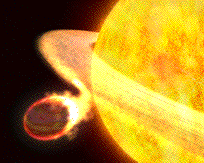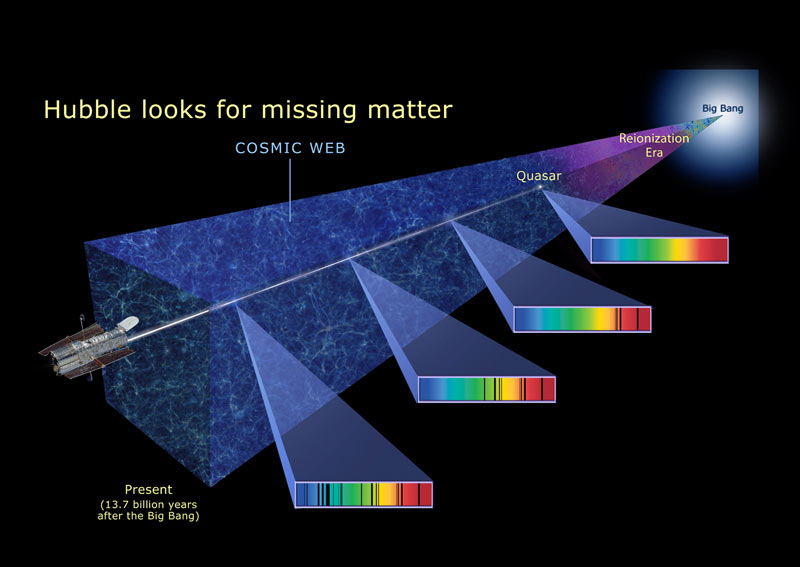I am the PI of Mega-MUSCLES Treasury program, a HST Cycle 25 follow-on to the successful MUSCLES project. Mega-MUSCLES has obtained panchromatic (X-ray, UV, optical) light curves and spectra of twelve M stars that probe a range of stellar and exoplanet properties, with a particular focus on stars <0.3 Msolar and with a range of rotation periods than can be used as proxies for M dwarf planet hosts after HST's lifetime. Our targets also include current rocky exoplanet host systems GJ1132 and Trappist-1. To date, six papers have been published by the Mega-MUSCLES team with two additional papers making use of the data. The main survey paper will be published in late 2021.
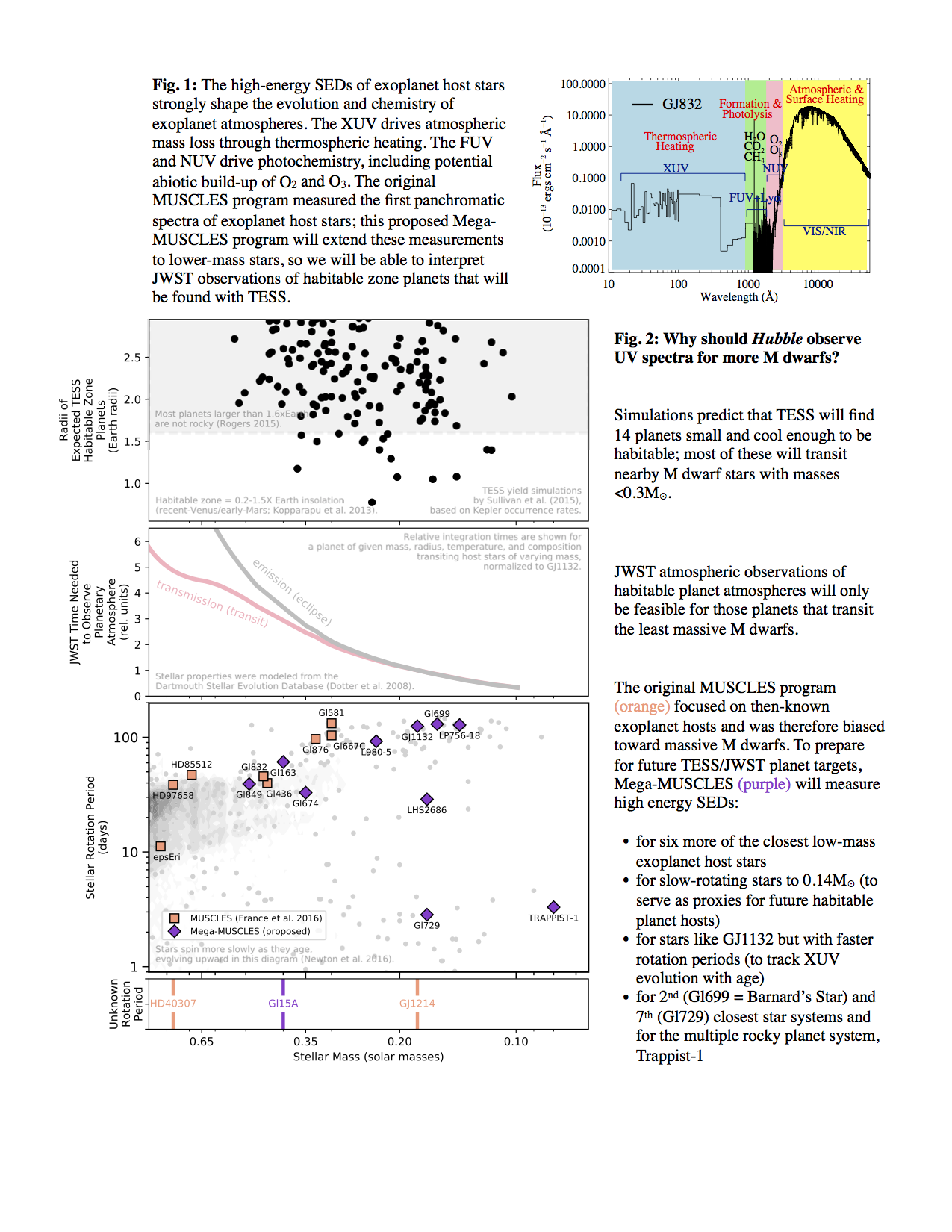
The MUSCLES Project
 The MUSCLES Treasury Program is a large program
using COS and STIS on the Hubble Space Telescope, Chandra and XMM X-ray
observatories, and ground-based optical spectrographs and imagers at
Apache Point Observatory and LCOGT to determine the high energy
radiation environment experienced by planets in the Habitable Zones
(HZ) of low mass (K and M) stars. The first Earth-mass planet in the HZ
around its star is likely to be found around a cool star, yet the X-ray
and UV radiation from these stars and their levels of flaring activity
differ dramatically from those from solar-like stars. This irradiation
environment will have strong effects on the heating and photochemistry
of the planet's atmosphere and the potential habitability of the
planet. Until this survey, the high energy spectrum and activity
behavior of "normal" cool stars was poorly understood. We have now
generated broadband stellar spectral energy distributions for eleven K
and M stars hosting exoplanets which are being used as inputs for
models of exoplanet atmospheres.
The MUSCLES Treasury Program is a large program
using COS and STIS on the Hubble Space Telescope, Chandra and XMM X-ray
observatories, and ground-based optical spectrographs and imagers at
Apache Point Observatory and LCOGT to determine the high energy
radiation environment experienced by planets in the Habitable Zones
(HZ) of low mass (K and M) stars. The first Earth-mass planet in the HZ
around its star is likely to be found around a cool star, yet the X-ray
and UV radiation from these stars and their levels of flaring activity
differ dramatically from those from solar-like stars. This irradiation
environment will have strong effects on the heating and photochemistry
of the planet's atmosphere and the potential habitability of the
planet. Until this survey, the high energy spectrum and activity
behavior of "normal" cool stars was poorly understood. We have now
generated broadband stellar spectral energy distributions for eleven K
and M stars hosting exoplanets which are being used as inputs for
models of exoplanet atmospheres.The MUSCLES data products are now available on the MAST archive.
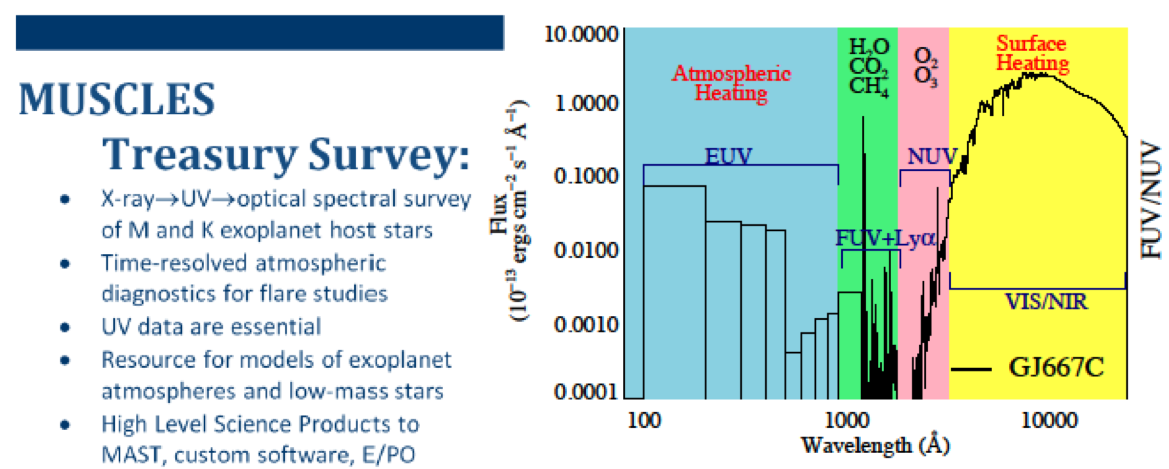
Compact binaries and accretion disk physics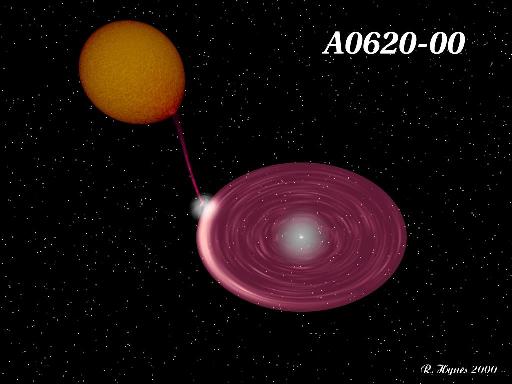
Compact binares are interacting binary systems in which a normal type star loses mass to a compact object (a white dwarf, neutron star, or black hole) via an accretion disk. The figures below illustrate two black hole X-ray binary systems (illustrations courtesy of Robert Hynes' BinSym program). The appeal of these systems is that they allow probes of accretion processes, physics in extreme environments, and the formation and evolution of black holes in objects that are relatively nearby and unobscured. The "Fundamental Plane of Black Hole Accretion" (Merloni et al. 2003, Falcke et al. 2004) has demonstrated that the physics that governs accretion onto black holes is directly scalable over eight orders of magnitude, from stellar mass black holes to the central engines of AGN. Because the time scale of variability is significantly faster for the stellar mass objects and confusion from the host galaxy is eliminated, we are able to probe a wide range of accretion phenomenologies in X-ray binaries that is challenging or precluded entirely in AGN. My interests center on the physics of disk accretion and the link between accretion and outflows in the forms of winds and jets. I am currently undertaking multiwavelength studies of X-ray binaries centered around the first far-ultraviolet spectra of several systems (e.g., Froning et al. 2010, Froning et al. 2014). I have also been pursuing a long-term program to obtain precise masses for black holes and neutron stars in X-ray binary systems to constrain models of the formation and evolution of collapsed objects and provide accurate inputs for measurements of black hole spins (e.g., Khargharia et al. 2010).
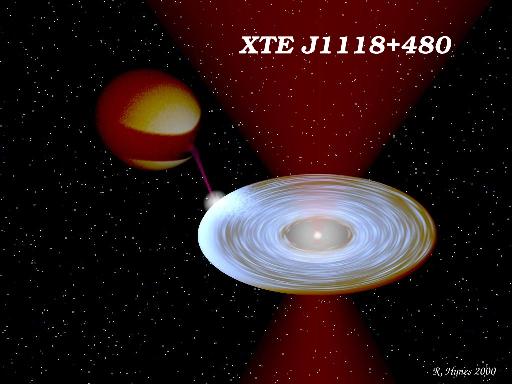

Compact binares are interacting binary systems in which a normal type star loses mass to a compact object (a white dwarf, neutron star, or black hole) via an accretion disk. The figures below illustrate two black hole X-ray binary systems (illustrations courtesy of Robert Hynes' BinSym program). The appeal of these systems is that they allow probes of accretion processes, physics in extreme environments, and the formation and evolution of black holes in objects that are relatively nearby and unobscured. The "Fundamental Plane of Black Hole Accretion" (Merloni et al. 2003, Falcke et al. 2004) has demonstrated that the physics that governs accretion onto black holes is directly scalable over eight orders of magnitude, from stellar mass black holes to the central engines of AGN. Because the time scale of variability is significantly faster for the stellar mass objects and confusion from the host galaxy is eliminated, we are able to probe a wide range of accretion phenomenologies in X-ray binaries that is challenging or precluded entirely in AGN. My interests center on the physics of disk accretion and the link between accretion and outflows in the forms of winds and jets. I am currently undertaking multiwavelength studies of X-ray binaries centered around the first far-ultraviolet spectra of several systems (e.g., Froning et al. 2010, Froning et al. 2014). I have also been pursuing a long-term program to obtain precise masses for black holes and neutron stars in X-ray binary systems to constrain models of the formation and evolution of collapsed objects and provide accurate inputs for measurements of black hole spins (e.g., Khargharia et al. 2010).

The atmospheres of transiting exoplanets
With the beginning of science operations for the Cosmic Origins Spectrograph, I have become involved in several programs centered on ultraviolet observations of transiting hot Jupiters and a survey to characterize the UV radiation environment in M star systems hosting exoplanets. The transit observations (Haswell et al. 2012, Linsky et al. 2010, Fossati et al. 2010, France et al. 2010) gave the first velocity-resolved UV transit data for HD209458b, confirming the presence of high velocity ions escaping from the planet's Roche lobe. In WASP-12b, we detected enhanced transit signatures in ten different elements and evidence for an absorbing cloud around the star, likely procuded by material stripped from the planet. The UV radiation environment study (France et al. 2012; France et al. 2012, submitted) has shown strong and variable UV radiation, particularly from Lya, even in optically quiet systems. The UV radiation will affect the photochemistry of planets in the habitable zones of these stars and may even lead to the presence of detectable O2 and O3 in the planetary atmospheres even in the absence of biological life.
